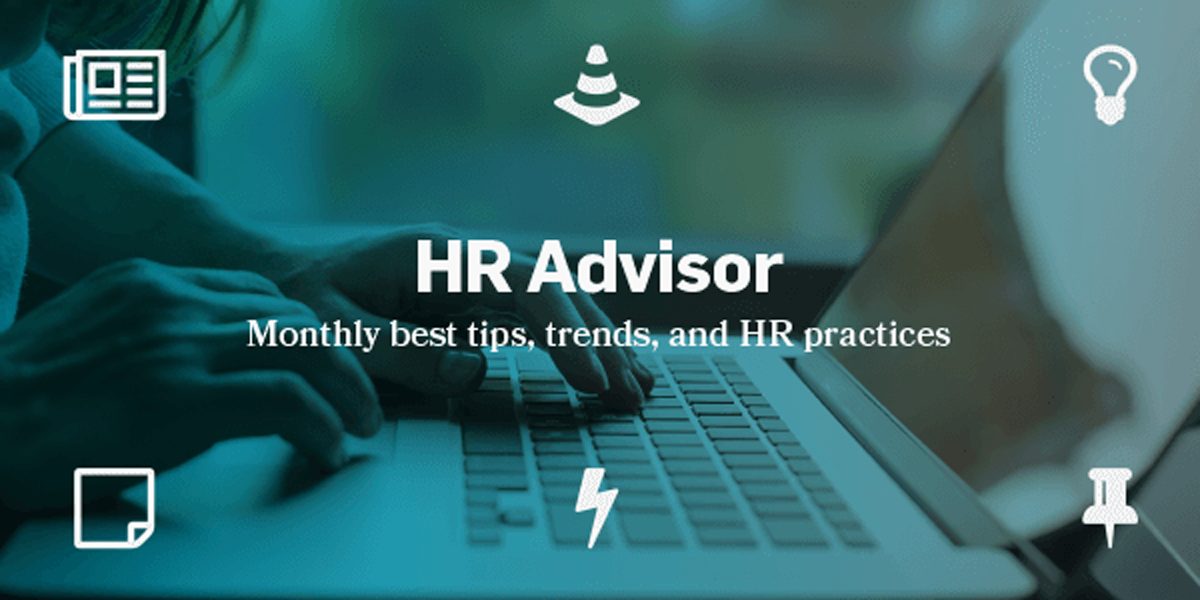|
According to the Centers for Disease Control and Prevention, more than half the people in the United States will be diagnosed with a mental illness at some point in their lives, and one in five Americans will experience a mental illness in a given year. It’s therefore not surprising that mental health has a significant impact in the workplace. In fact, according to the World Health Organization (WHO), mental health conditions like depression and anxiety cost the global economy a trillion dollars per year in lost productivity.
Those who have never suffered from a mental illness often have a hard time understanding the depth of the issue or the inability of a person to “snap out of it.” But be assured – the struggle is real. For those living with some mental illness, life at times can feel unbearable. Obstacles easily overcome one day can feel insurmountable the next. Minor worries can gnaw at the mind obsessively. Some people with mental disabilities aren’t wired with the skills and abilities neurotypical people typically take for granted, making each day a battle to conform to ordinary social expectations. But those with mental illnesses almost always want to feel better and do better; this is where employers can play a role.
The WHO also says that for every dollar put into treatment for common mental illnesses, there is a return of four dollars in improved health and productivity.
Helping employees manage their disabilities empowers them to do top-notch work and creates a diverse and inclusive culture, and clearly there is an impressive return on investment. But employers may not be excited about involving themselves in this aspect of their employees’ lives. And employees may be reluctant to speak openly about their struggles, especially if their condition is affecting their work performance or the stress of work is worsening their condition. There’s also the risk that an employer might inadvertently say or do something that acts as a stressor or provokes a discrimination claim.
All of this can create a cycle of distrust and fear, where neither employers nor employees want to talk about mental health issues that affect the workplace and the people in it. When this happens, individuals don’t get the help they need, and organizations are not as healthy as they could be.
So, what can employers do to promote mental health in the workplace without being overly invasive? Fortunately, a lot. Here are our specific recommendations:
Promote a healthy, balanced approach to performance metrics
Productivity and efficiency are important metrics for success, especially in a competitive market, but they’re not the only sign of a healthy organization. Putting too much stress on productivity and efficiency can be unhealthy. No one tries to run a marathon at their all-out speed, and no one can be at their most cost-effective every working hour of the day. Employees may need a moment to breathe or a day to regain their peace of mind, and they shouldn’t be afraid to take time to care for themselves or get professional support. On the contrary, they should feel encouraged to get well and be given the space to do so. The ability to occasionally function at a medium (or even slow) pace should be built into performance expectations so that employees can avoid burnout or breakdown; this is a good practice regardless of whether employees have mental health conditions or not.
Offer PTO, mental health benefits, flexible schedules, and remote work if appropriate
In some cases, employees who want to get the help they need can’t afford it. Losing pay from a missed work shift might be too great a hardship, and effective treatments might be financially out of reach. These financial hindrances can exacerbate anxiety and depression. In other cases, employees can afford the time off and the treatments, but they can’t make regular appointments work with their schedules. If you can offer paid time off, health insurance benefits, flexible schedules, or remote work options, these can help employee find the time they need to work on their mental health.
Offer an Employee Assistance Program (EAP)
An EAP gives employees access to expert, confidential assistance for issues such as substance abuse, relationship troubles, financial problems, and mental health conditions. These services are offered through an outside provider that connects employees with the appropriate resources and professionals. These programs enable you to provide professional assistance to employees while allowing them confidentiality at work.
Make reasonable accommodations when possible
If an employee informs you that they have anxiety, depression, or another mental health condition, and they request an accommodation, you should begin the interactive process to determine what reasonable accommodation(s) you can provide in accordance with the Americans with Disabilities Act (ADA). The ADA applies when an employer has 15 or more employees, but many states have similar laws that require employers to make accommodations at an even lower employee count. You can learn more about the ADA on the HR Support Center.
Promote good mental (and physical) health in the workplace
Healthy habits are important for everyone to practice. Consider setting time aside during the week or month for employees to participate in activities like yoga, meditation, and mindfulness that develop and strengthen these habits. If you aren’t familiar with these practices, solicit the help of your employees. One or more of them may know a lot about these activities and be able to assist you in setting up a workplace program.
Your employees, particularly your leaders, can also help you make mental health awareness a normal part of your workplace conversations. People should feel safe to talk about mental health and to seek accommodations and assistance as needed. No one should have to worry about discrimination. Do make sure that managers understand that if information about an employee’s mental health is shared with them, it should be treated as confidential and only reshared on a need-to-know basis.
Ultimately, it’s up to individuals to manage their mental health and get any care they need. Employers, however, can make it much easier and less stressful for their employees to attend to these matters by giving them the time, resources, and financial support to improve and sustain their mental health. That’s good for their employees, their organization, and society generally.
|



